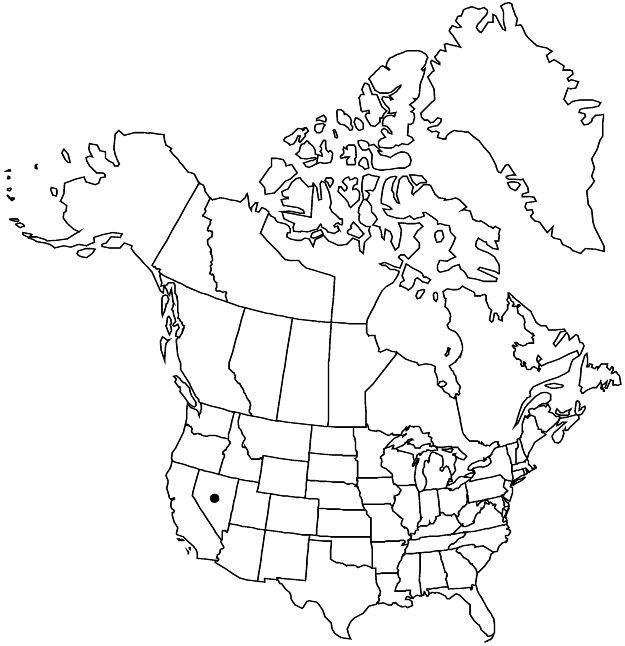Potentilla johnstonii
Thaiszia 16: 97. 2007.
Stems 0.4–2 dm, lengths 2 times basal leaves. Basal leaves palmate, 3–8(–13) cm; petiole 1.5–5(–8) cm, straight hairs abundant, ± appressed, 1–2 mm, stiff, cottony hairs absent, glands sparse to abundant; leaflets (3–)5–7(–9), on tip or at least less than distal 1/10 of leaf axis, separate to slightly overlapping, proximal pair separated from others by 0–1 mm of leaf axis, central leaflets narrowly cuneate to oblanceolate, 1–3(–4) × 0.3–0.7 cm, petiolule 1 mm, distal 1/4 or less of margins incised 1/3–2/3 to midvein, teeth 1(–3) per side, separate, 1–2(–4) mm, surfaces similar, green to grayish, straight hairs sparse to common, appressed, 1–1.5(–2) mm, stiff (sometimes softer and wavy), cottony hairs absent, glands sparse to abundant. Inflorescences 4–11-flowered. Pedicels 0.7–2(–4) cm. Flowers: epicalyx bractlets ± lanceolate, 2–4 × 1 mm; hypanthium 3–4(–6) mm diam.; sepals 3–4.5 mm, apex acute to obtuse; petals 5–7 × 3–5 mm; filaments 1–2.5 mm, anthers 0.6–0.8 mm; carpels 3–10, styles 2–2.5 mm. Achenes 2.5 mm, smooth to slightly rugose.
Phenology: Flowering summer.
Habitat: Rocky slopes in pinyon-juniper woodlands, with Artemisia
Elevation: 2300–2500 m
Discussion
Of conservation concern.
Potentilla johnstonii occurs only in the Quinn Canyon Range in Nye County. Its distinctiveness was first noted by B. C. Johnston (1980), who treated it as a variety of P. concinna using the unpublished epithet curvata.
Selected References
None.
